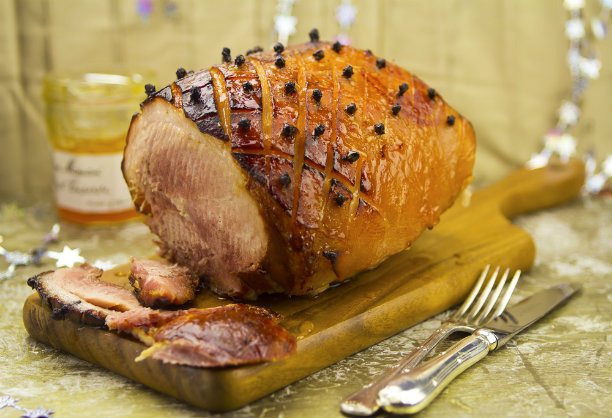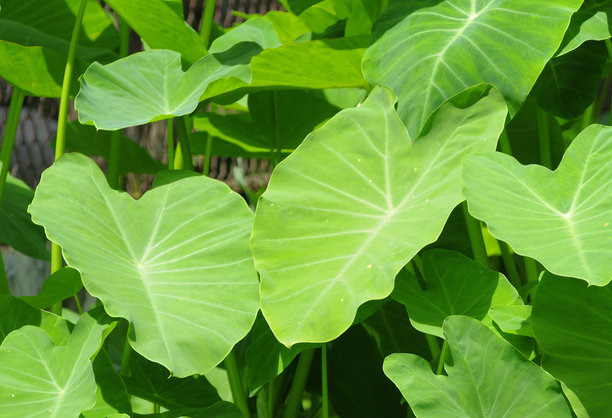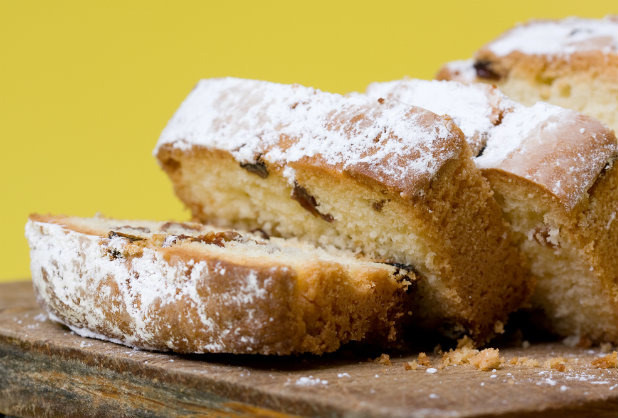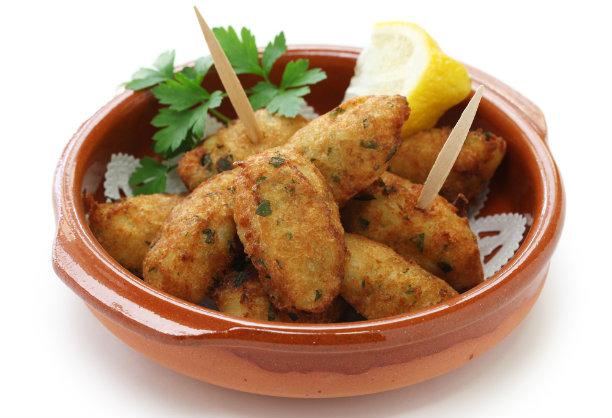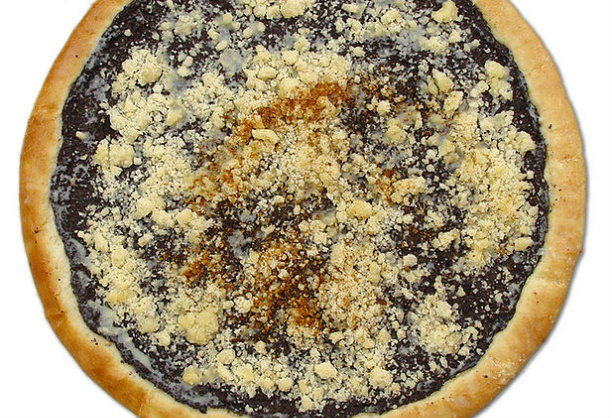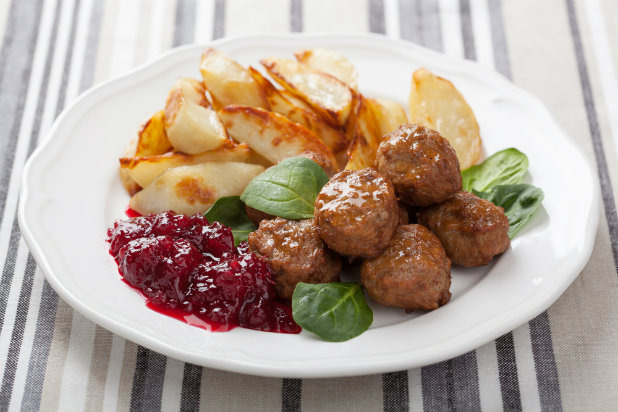Funeral Food: 10 Customs Around The World (Slideshow)
Although there are numerous holidays throughout the year when a home cook in the Deep South can show off her culinary talents, it seems to be funerals where she pulls out all the stops. And of course, fried chicken would be first on the list.
Estonia: Cabbage Rolls
After the last shovelful of dirt hits the coffin in Estonia, the mourning family serves up pastries, bread, and vodka at the grave site. Anything leftover is abandoned at the cemetery; to bring it home would only invite more death into the house. Later that day, a more substantial funeral feast is served at the home of the deceased, including roast pork and cabbage rolls.
Great Britain: Buried with Ham
A common English custom is to hold a Funeral Tea at a nearby restaurant or the home of one of the mourners or relatives right after the service. Ham has been such a traditional component of Funeral Teas that it's typical for mourners to ask if the deceased is "being buried with ham."
Hawaii: Lau Lau
Centuries ago, Hawaiians were customarily wrapped in banana, taro, and mulberry leaves before being buried near the community dining room earmarked for men. A lau lau is a popular item at Hawaiian funeral feasts. It is a serving of spicy pork, chicken, or vegetables wrapped in taro leaves, and then steamed or prepared in a pressure cooker, though the ubiquitous SPAM is often used as filling.
Ireland: Irish Wake Cake
Of course, the primary food group featured at any good Irish funeral is booze. With all that alcohol, a groaning board of food was necessary to help absorb some of it so the drinking could continue through the night. One of the old reliables was a Wake Cake.
Mormon: Frog Eye Salad
Mormons are prohibited from consuming alcohol, caffeine, and tobacco, which doesn't leave much left. As a result, if there's a way to put sugar in a recipe, Mormons will do it. Though multicolored Jell-O dishes known as "salads" are the norm, a dish known as Frog Eye Salad — named for the orzo mixed in — also frequently appears at funerals. Happily, sugar is still in ample supply.
Newfoundland: Codfish Cakes
At the three-day-long wakes common in Newfoundland through the first half of the 20th century, the alcohol flowed freely. As a result, any food served had to be able to sit out on the table for hours on end as well as be hearty enough to soak up the booze in stomachs. Codfish Cakes fit the bill.
Romania: Colaci (Sweet Ring-Shaped Yeast Bread)
After a relative dies, a Romanian family prepares enough loaves of a ring-shaped bread named colaci to accompany the coffin in a procession from the home to the church and graveyard. At the cemetery, relatives pass the colaci, a black hen, a candle, a crock of water, and a chunk of salt back and forth over the open grave. Afterward, they are placed nearby as payment for the gravedigger.
Sweden: Funeral Glogg
In Sweden, a funeral feast is a notably solemn affair. The family serves a simple meal, and sometimes just something to drink. Unlike funeral feasts in other countries that can get downright bawdy, Swedish post-funeral socializing is rather sedate in comparison.
Vietnam: Bun Ho
Food plays a big role in a Vietnamese funeral. To prepare the deceased for the journey, at the wake the mouth is kept open so visitors can drop in grains of rice. Mourners bring a bowl of rice to place on top of the coffin so that by the end of the wake, there will be so much weight on top that the devil will not be able to get into the coffin. On the 49th and 100th days after the death, the family gathers to remember the deceased with a special meal; bun ho often fits the bill.
